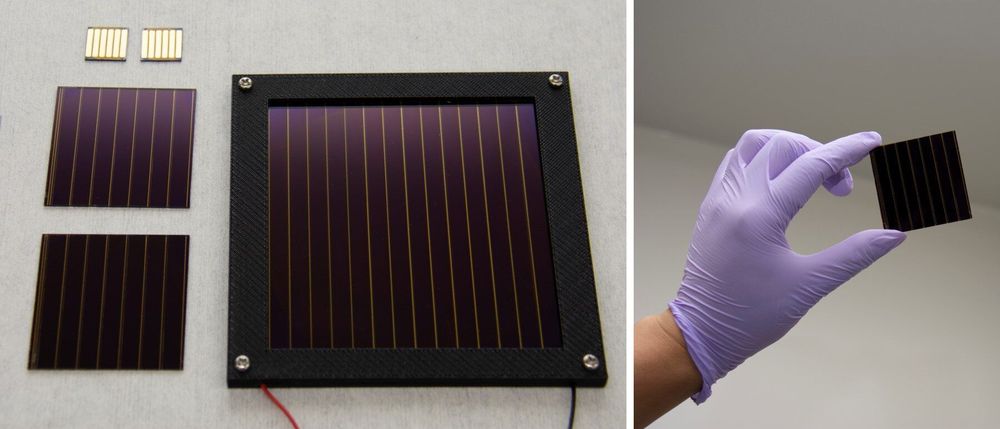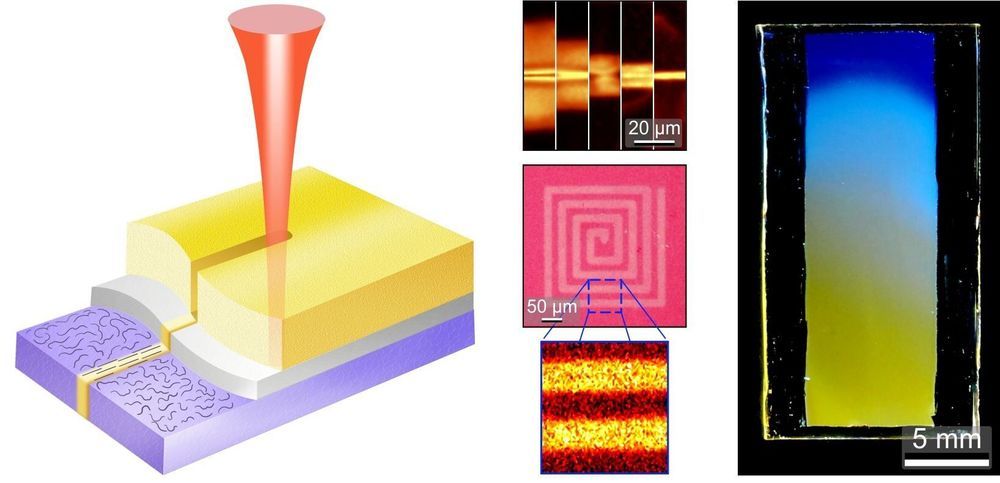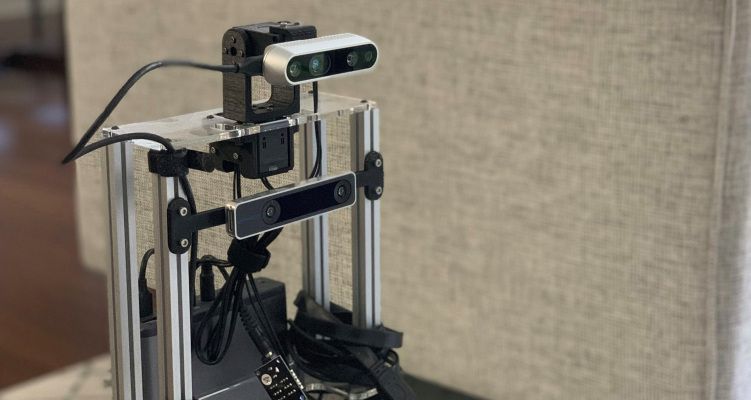Jul 20, 2020
Review: Once Upon a Time I Lived on Mars
Posted by Roderick Reilly in categories: food, robotics/AI, space
Once Upon a Time I Lived on Mars: Space, Exploration, and Life on Earth by Kate Greene St. Martin’s Press, 2020 hardcover, 240 pp. ISBN 978−1−250−15947−2 US$27.
While the robotic missions launching to Mars this year have a wide range of science goals, they are widely seen as precursors for eventual human missions to the Red Planet. NASA’s Mars 2020 mission includes an experiment called MOXIE that will demonstrate a way to produce oxygen from the carbon dioxide in the Martian atmosphere, a capability that will be essential for future human expeditions. NASA’s fiscal year 2021 budget proposal included a request to start work on a Mars Ice Mapper mission, an orbiter that would search for subsurface ice deposits that could be resources for future human expeditions.
Much of the planning for future Mars missions is focused on various capabilities needed to safely transport humans to the surface of Mars and bring them back. But beyond technologies like in situ resource utilization and supersonic retropropulsion are more mundane, but no less essential, matters: How will the crew eat? How will they deal with boredom on the long mission? How will they get along with one another in a confined space?


















